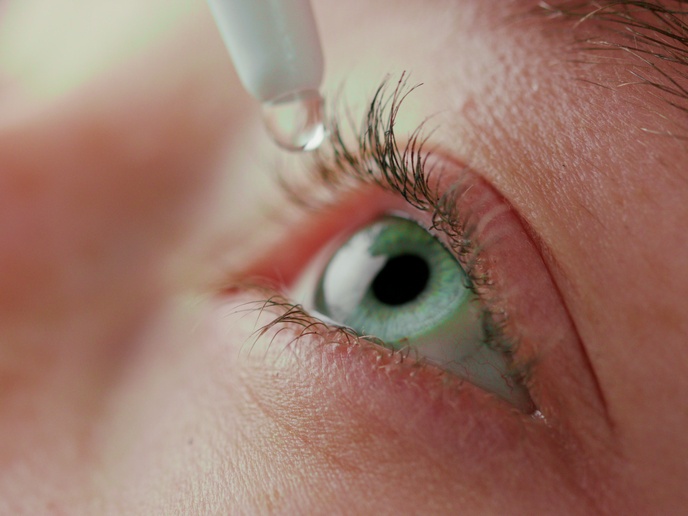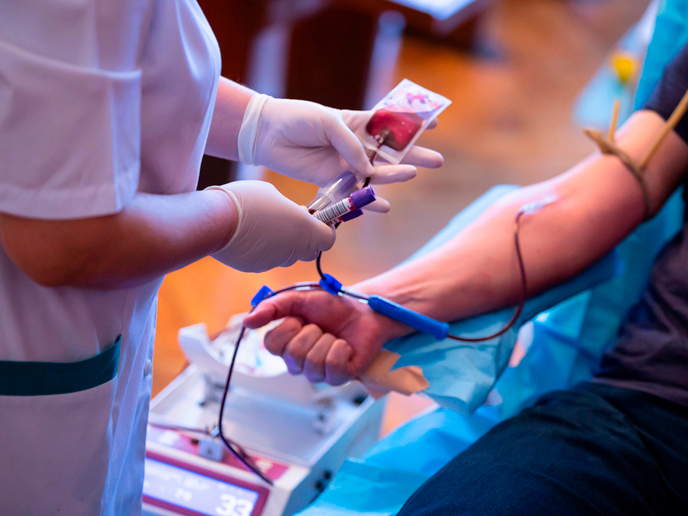Quantum light for biomedical imaging
Being one of the most powerful tools in biological imaging, two-photon excitation microscopy enables 3D structural and functional imaging of biosamples. This imaging technique employs the two-photon absorption (TPA) process in which uncorrelated photons interact with the living cells. Because of small interaction strengths, TPA requires large light intensities that may damage sensitive cells and tissues. To overcome this drawback, the EU-funded project QUANTUM4BIO(opens in new window) (Quantum optics tools for biomedical imaging) used entangled photons generated by spontaneous parametric down-conversion (SPDC) to investigate entangled TPA. The energy-time correlation of entangled photon pairs increases the absorption efficiency by many orders of magnitude. Researchers successfully designed and set up a broadband source of correlated photons based on SPDC, with optical power up to 0.2 microwatt and coherence time approximately 18 femtosecond. Using these novel light sources, they investigated two-photon excitation of different fluorescent molecules under different conditions. QUANTUM4BIO also worked on building another source based on SPDC to investigate the interaction of individual photons from the source with biomolecules. Efficient generation and detection of time-energy entangled SPDC light offers the opportunity to define the Fock states – quantum states with well-defined number of particles. Unlike the quantum states in classical laser light, Fock states shed light on the exact timing and interaction mechanisms of light-sensitive biomolecules. Combining quantum optics and two-photon fluorescence microscopy, QUANTUM4BIO paved the way for novel, entanglement-based biological imaging and spectroscopy tools. The developed entangled photon sources allowed the identification of ideal molecules that can function as labels and fluorescent proteins in biological samples.







